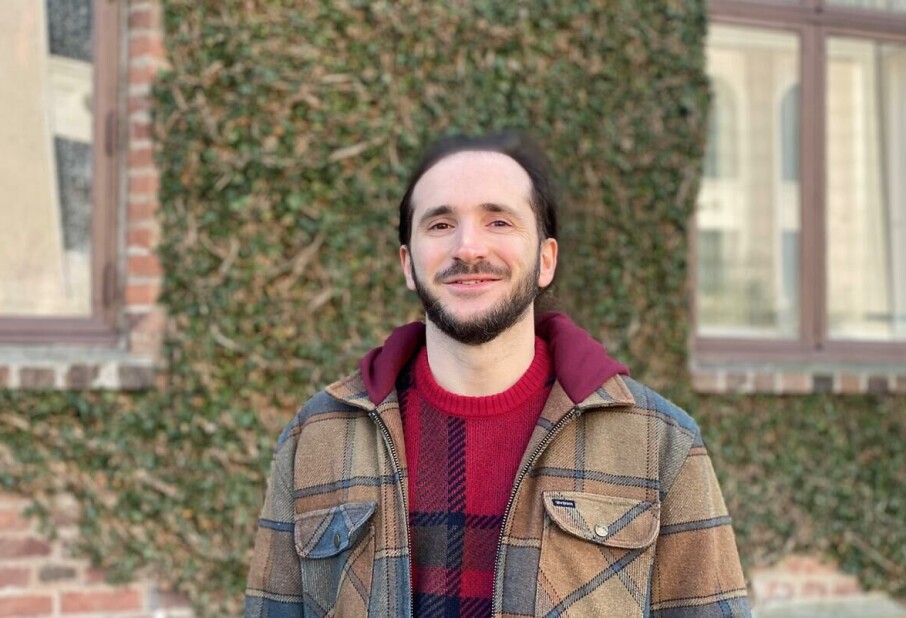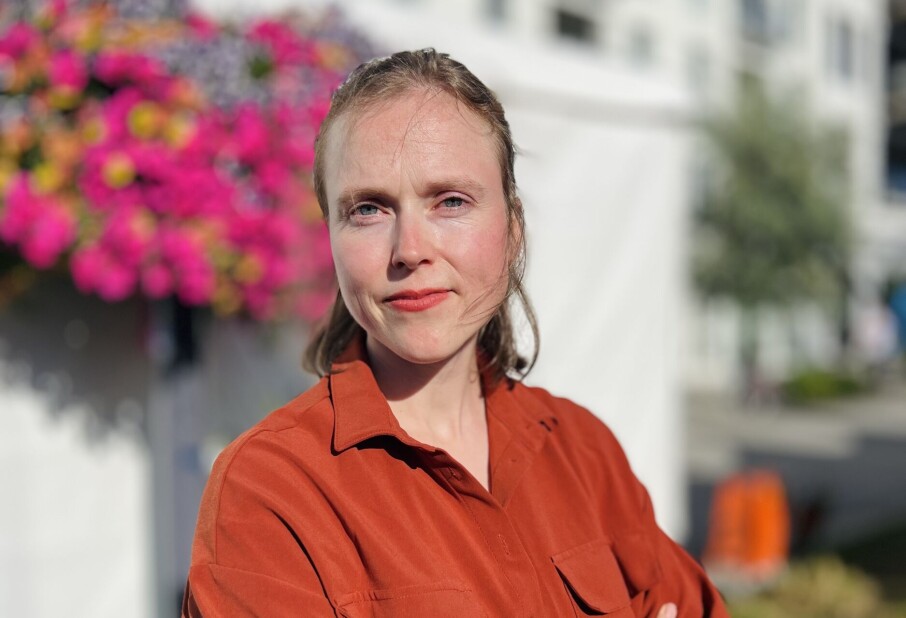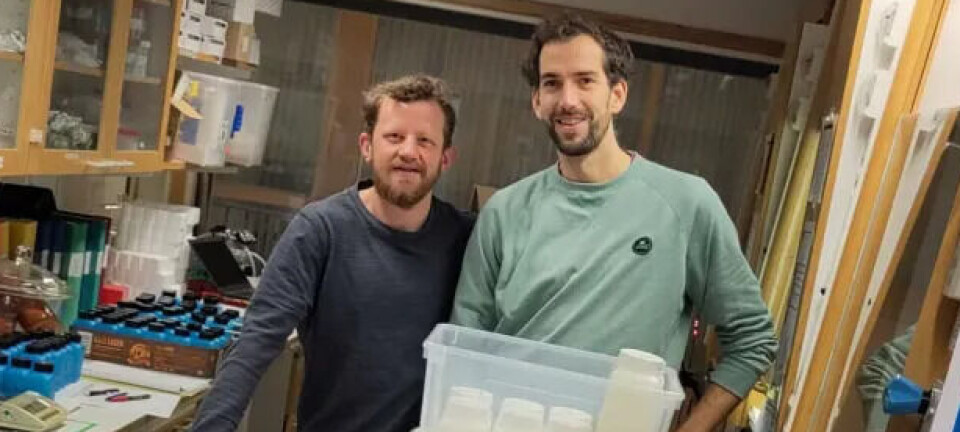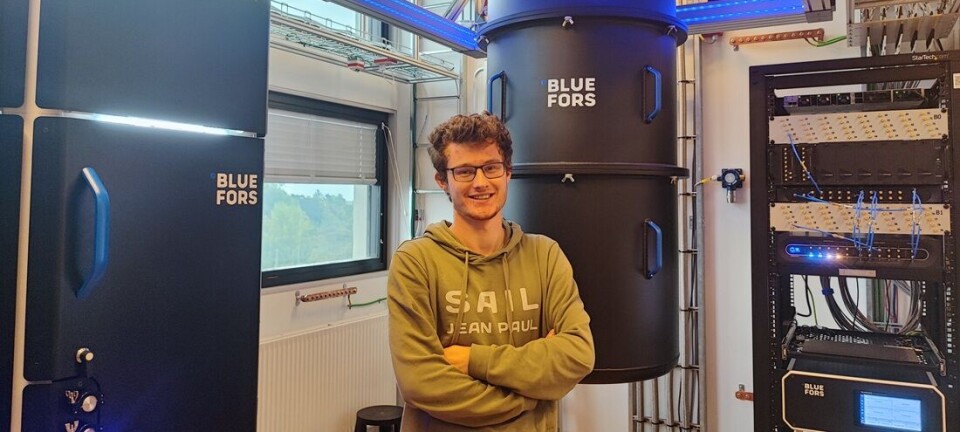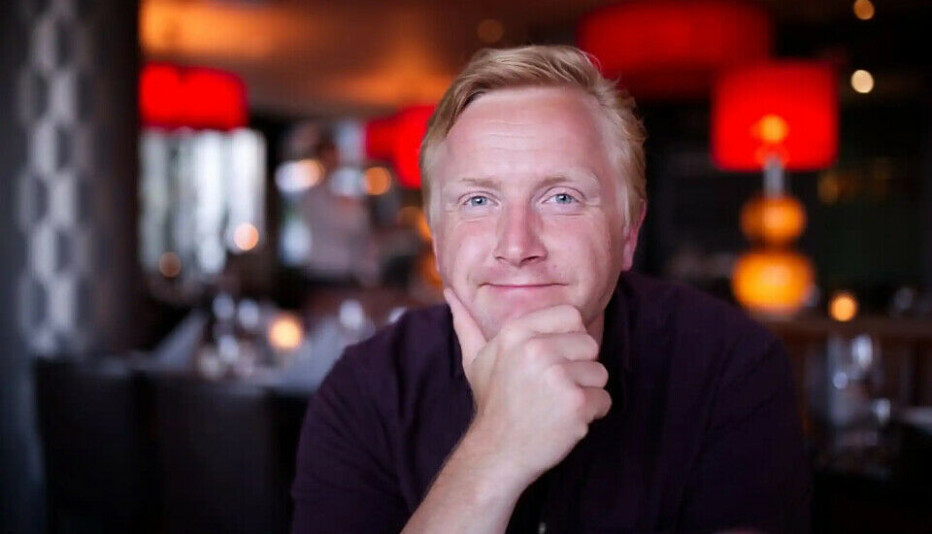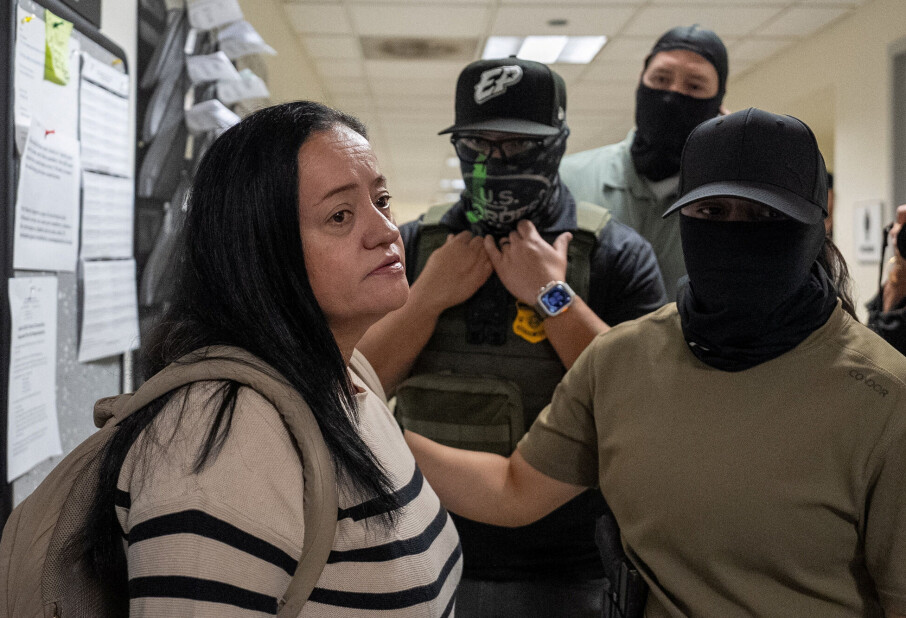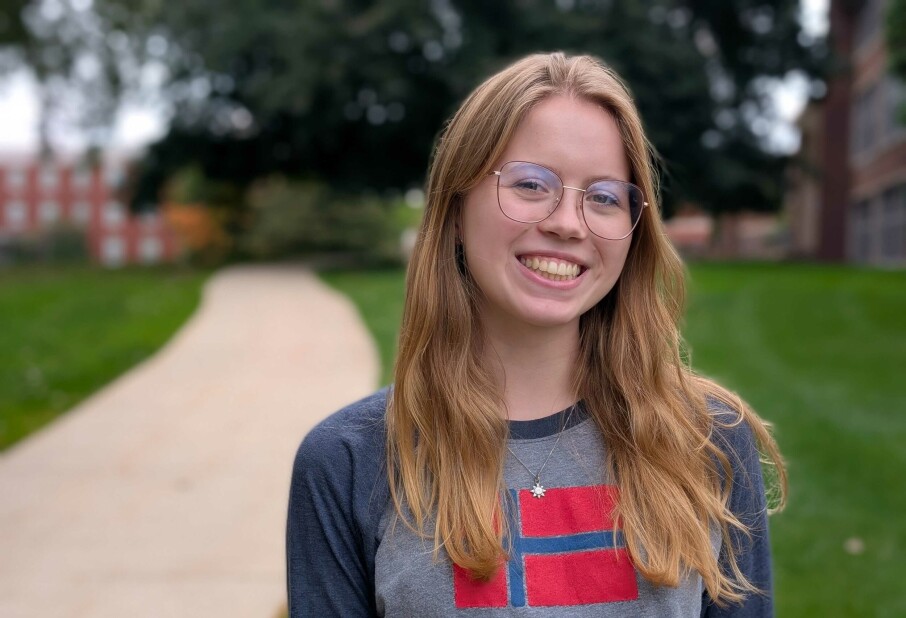THIS ARTICLE/PRESS RELEASE IS PAID FOR AND PRESENTED BY The Centre for Advanced Study (CAS) - read more

Which parts of language are universal and present in signed and spoken languages, and which depend on the channel of communication?
Most of our theories of language are based on spoken languages. Vadim Kimmelman’s Young CAS Fellow project within the field of sign linguistics will help change that.
Vadim Kimmelman is an associate professor at the University of Bergen (UiB) and will lead the Young CAS Fellow project Whole‐entity classifiers in sign languages: a multiperspective approach. The project is one of two Young CAS Fellow projects due to start in January 2022. The projects will last for two years.
“Sign languages are natural languages used by deaf communities around the world,” Kimmelman said. “They are especially important for general linguistics because they are one of the main ways humans communicate – not with sounds, but with signs produced by the hands, the body, the head and the face. However, they are severely understudied, and thus a lot of our theories of language are based on spoken languages only.”
In his Young CAS Fellow project Kimmelman will investigate a complex phenomenon in sign languages, namely whole-entity classifiers. Whole-entity classifiers are meaningful handshapes that are used in signs describing motion and location in various sign languages.
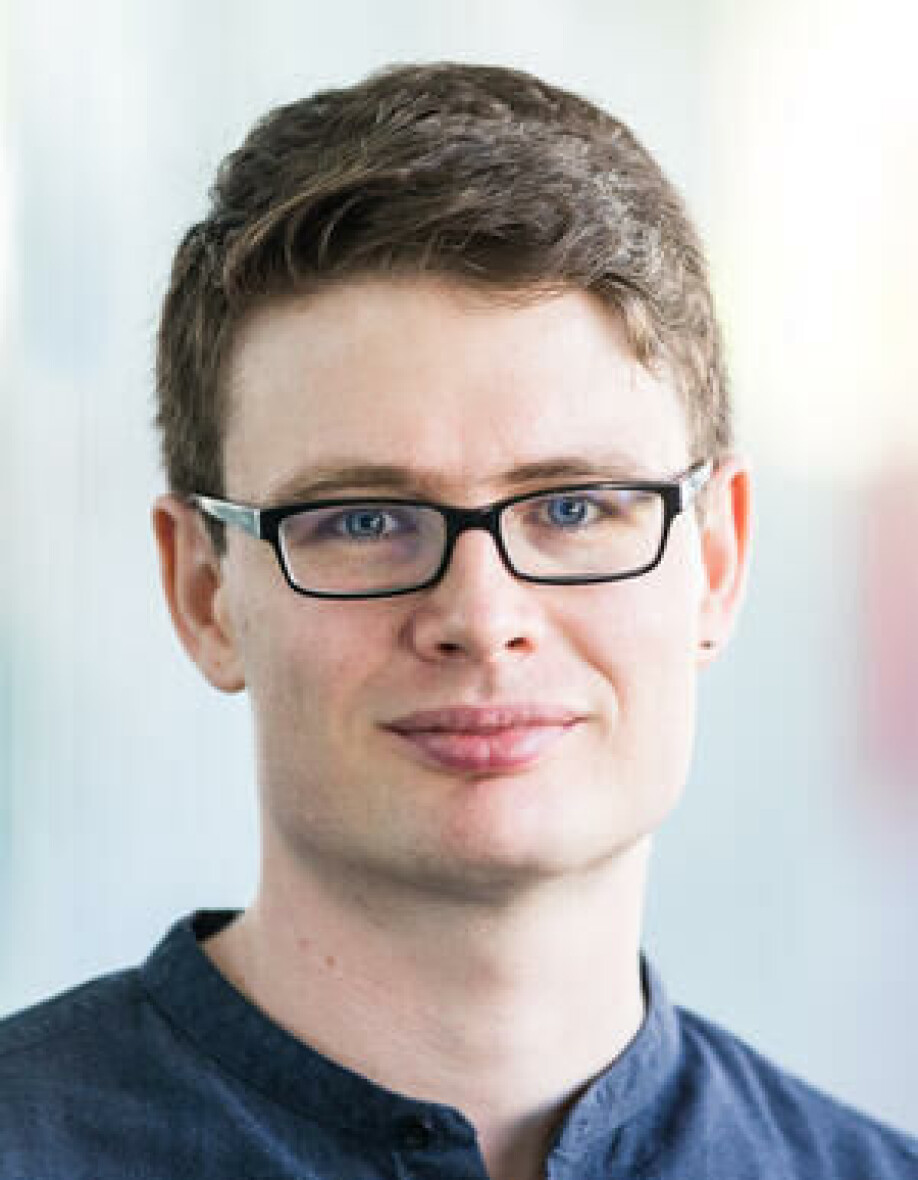
The phenomenon of classifiers lies at the intersection between language and gesture, and the properties of classifiers have caused a lot of controversy in the field of sign linguistics, Kimmelman explains in his project proposal.
“The analysis of classifiers has implications for general linguistics and the study of the human linguistic capacity and communication because it clarifies which parts of language are universal and present in signed and spoken languages, and which depend on the channel of communication,” Kimmelman wrote.
We spoke with Kimmelman about his project and his thoughts about having been selected for the Young CAS Fellow programme for 2022-23.
Congratulations! Could you briefly tell us about your project?
Thank you, this is very exciting!
Sign languages are natural languages used by deaf communities around the world. They are especially important for general linguistics because they are one of the main ways humans communicate – not with sounds, but with signs produced by the hands, the body, the head, and the face. However, they are severely understudied, and thus a lot of our theories of language are based on spoken languages only.
One of the aspects of sign languages that has fascinated many linguists and caused a lot of controversy has been the so-called classifier predicates. When describing motion and location of objects, many sign languages use complex signs in which every component (the handshape, the location, and the movement) are meaningful. For example, a certain handshape can be used to represent humans, another handshape can be used to represent cars, and yet another to represent spherical objects. Such handshapes are known as classifiers. Classifiers and classifier predicates lie at the intersection between conventionalised language and gesture, and different researchers have argued for very different analyses of this phenomenon.
While the discussion around classifiers has been happening for a couple of decades already, I think that this project can shed new light on the phenomenon for several reasons. First, we will investigate both structural and meaning-related aspects of classifiers (their syntax and semantics). Second, we will look at classifiers in several sign languages using the same tools, and thus conduct comparative research. Finally, the participants in the project have different theoretical perspectives, and a constructive dialogue between representatives of different frameworks can lead to new breakthroughs.
Please tell us a bit about yourself, your research interests and your career path.
I am a linguist, and I work primarily on linguistic properties of sign languages, and on cross-modal comparison (a comparison between signed and spoken languages). I have very broad interests within this domain, which include phonetics, morphology, syntax, semantics and pragmatics of sign languages, as well as quantitative methodologies for analysis of sign language data.
I studied linguistics as an undergraduate in Moscow, followed by a master’s degree in general linguistics in Amsterdam. I also did my Ph.D. at the University of Amsterdam working on information structure in two sign languages, and stayed there as a postdoc for several years working on argument structure in sign languages. Since 2019 I have been an associate professor in linguistics at the University of Bergen.
Why did you apply to the Young CAS Fellow programme?
I have been thinking about classifiers for a long time, and even conducted a pilot study that I never had time to return to afterwards. When I saw the announcement of the Young CAS Fellow programme, I thought that it could be a great opportunity to finally start working on this topic again, and importantly to collaborate with some inspiring colleagues on a joint project.
What in particular are you looking forward to as a future Young CAS Fellow?
I am especially looking forward to collaborating with my colleagues, learning about their perspectives, coming up with new solutions to old problems and, eventually, comparing the data from different sign languages.
See more content from The Centre for Advanced Study:
-
Electrons, laser pulses and the properties of matter
-
Dissecting the current debates on prehistoric migration
-
Politics, law and society in the High Middle Ages
-
Mother-to-child microbial transmission: important for human health and challenged by modern lifestyle
-
What is the role of morality, democracy and experts in policymaking?
-
Understanding mathematical motives














